We initially intended to go to WWT Slimbridge but decided to make a detour to Lisvane and Llanishen Reservoirs in Glamorgan first. Our friends Adrian and Bryan had recently been and seen a red-necked grebe and ring-necked ducks there, so we wanted to check it out - the ring-necked ducks were a pair. Kev's @kev07713 sister Karen @hobbylovinglife and her partner Dean @worlebirder planned to visit early doors and so we met them for breakfast in Newport before continuing to Cardiff.
Lisvane and Llanishen Reservoirs comprise two designated Sites of Special Scientific Interest (SSSI), recognised for their significant ecological importance. Lisvane Reservoir SSSI specifically highlights its role as a habitat for overwintering wildfowl. The site boasts an impressive Visitor Centre equipped with a café, complimentary WiFi, an activities hub, and rentable rooms. Other amenities include a boathouse, bird hide, education centre, nature trails, biking facilities, and extensive parking - parking fees apply. We arrived to find only a couple of cars already there and made our way to the water's edge. We scanned through the ducks, and it didn't take more than a couple of minutes until we were on the ring-necked ducks.
Ring-necked ducks are a species of diving duck not native to the United Kingdom and are primarily found in North America, where they breed in freshwater marshes and ponds across Canada and the northern United States. Males have a striking appearance with a glossy black head, neck, and chest, a white vertical stripe on the side in front of a grey/white flank, and a distinctive chestnut-coloured ring around their neck, although this ring is often difficult to see in the field. Males have a resemblance to tufted ducks and sometimes take time to separate at distance. Their diet primarily consists of aquatic plants, seeds, and small invertebrates and as proficient divers, they are capable of diving to considerable depths in search of food.
We watched the pair diving but all too soon the male began to swim away and eventually took flight, disappearing towards the far end of the reservoir. The female slowly drifted further away, prompting us to decide to begin our search for the red-necked grebe. Before we left, we were treated to the sight of a couple of grey herons landing on the bank.
We dropped down onto the lower path running between the two bodies of water and looked back to see at least 21 little grebes, a common sandpiper, and a grey wagtail. We saw grebes out in the water behind (Llanishen) and eventually we resolved that they were all great-crested and not our target bird. We were standing near the hide/screen when a birder strolled across to tell us that the red-necked grebe was showing just round the corner in the bay.
Red-necked grebes are native to the UK and are primarily found in Scotland, especially in the northern and western areas, although they are also spotted in England and Wales. These birds prefer freshwater habitats such as lochs, reservoirs, and larger ponds during the breeding season, while they may also occur in coastal waters during migration and winter. They are medium-sized diving birds with striking plumage and have a long neck, a slender body, and a pointed black bill. During the breeding season, their plumage features a distinctive rusty-red neck, which contrasts with the dark upperparts and white underparts but outside the breeding season, their plumage becomes duller, with the red on the neck fading. This is what we expected today in February.
We rounded the corner and easily picked out the re-necked grebe, preening on the water and at middle distance - at least it wasn't feeding in the middle. Scope views were very good.
We scanned the gulls but didn't find anything - behind in the trees a jay called as it was harassed by a handful of magpies. A nuthatch called and flew out of the trees and away. We eventually made our way back to the car and had more views of the ring-necked ducks; the male had motored from the end of the reservoir back to the female and both were easily viewable between dives. Karen got ahead of us and when I caught her up, a grey wagtail dropped onto the slope down to the water; amazingly this was the first I'd seen in 2024.
We stopped and chatted and while Karen and Dean decided to go to the Visitor Centre for a coffee, Kev and I decided to return to the car and head to Slimbridge so that I could see the Bewick's swans before they leave in the spring. It would take us just over an hour and we'd arrive early lunchtime.
Bewick's Swans are migratory birds that visit the UK during the winter months, typically arriving from their breeding grounds in Arctic Russia. They undertake one of the longest migrations of any swan species, traveling thousands of miles from their breeding grounds in Siberia to their wintering sites in Europe. They follow a well-established migration route, flying over Scandinavia and into western Europe before reaching the UK. They are smaller than the more familiar mute swans, with a distinctive appearance characterized by a small, triangular yellow patch at the base of the bill. Bewick's swans are often observed in family groups or small flocks during their winter stay in the UK and here at Slimbridge there are reportedly up to about 150.
It didn't take long before we found them from Peng Observatory and Rushy Hide.
In general, Bewick's Swans begin their northward migration in March or April. Some swans may depart earlier, while others may linger in the UK until later in the spring. Adult birds often depart earlier than younger birds or families with cygnets. Additionally, weather patterns and environmental conditions can influence the timing of migration, with favourable winds and weather conditions facilitating faster migration.
Happy to have seen the birds, we moved on towards Willow Hide and where water rails have been showing well this winter. We stopped at various vantage points and as we scanned the reeds Kev called a Cetti's warbler working low to the water but in the reeds rather than on the front. I managed to follow it along from left to right and to catch it as it paused briefly. Although I’ve heard Cetti's multiple times this year, including on New Year's Day, this was the first I could get a look at.
The heavy rain has flooded much of the area where they have been seen and so after a short wait with no sign, we moved on to the Robbie Garnett Hide where we stumbled upon a single spotted redshank, in winter plumage. During the summer season, its appearance undergoes striking changes acquiring a distinctive breeding plumage; striking black coloration that extends from the bird's head down its neck, breast, and upperparts. This black plumage contrasts sharply with the white underparts, creating a striking visual impression. The black coloration is glossy and may appear iridescent in certain lighting conditions. We will look forward to seeing these later in the year.
Onwards to the Estuary Tower and up onto the second level, looking out across the Dumbles and Tack Piece. From here we could see many of the geese: barnacle, Canada, greylag but also Ross's, bar-headed, snow and lesser white-fronted. The lesser white-fronted goose of unknown origin was with Canada geese on the Tack Piece while the snow goose, of unknown origin, and the long-staying Ross’s goose were on the Dumbles.
There was a single distant crane but not much else we hadn't already seen - there were a few ruff (year tick) a bit closer so I snapped a couple of them - a wigeon took flight in the direction I was pointing and I snapped that too.
There was no sign of the usual peregrine and after a while we decided to make our way to the Zeiss Hide and see if we could locate any white-fronted geese. We arrived to find there were only a few greylag geese in the area and no white-fronts - Kev continued to search and I returned to the front of the hide as I could hear water rail calling. To my left I saw a water rail dart through a gap in the reeds and I got myself ready in case I could catch it out in the open - as luck would have it, I then heard two calls and both burst from the reeds into the open, one chased down the area of cut reeds and back out of view. One had stopped long enough for me to fire off a few photos and thankfully was stationary long enough to allow something in focus.
We continued down to Kingfisher Hide with a couple coming the other way reporting that three kingfishers had been showing. We arrived and watched with a couple beside us manging to pick up a kingfisher in a bush out front - from our angle it wasn't visible. We waited, hoping that they might perch on a post, branch, reed, or indeed visit the nest holes in the bank where they have been seen excavating in recent days. Instead, two kingfishers dropped out of the bush and away up the water channel. No photo opportunity here. We opted to visit Hogarth and Discovery Hides passing some trees where a handful of siskin and lesser redpoll were feeding.
From the hides we could see a range of teal looking rather splendid, and my first avocets of the year. Looking as if they would like to settle and nest were a pair of oystercatchers. One came reasonably close, and I just couldn't resist.
Kev recently visited Farmoor Reservoir and took some photos of cormorants which were rather stunning - he posted these photos here on X - formerly known as Twitter ... As he said, cormorants are not his favourite birds, but could not deny they looked pretty stunning – the sinensis subspecies. This subspecies typically exhibits subtle variations in size and plumage compared to others. In general, it has a glossy black plumage with some greenish or bronzy sheen, especially on the back and wings during the breeding season. Out on an island were a number of cormorants with some exhibiting some breeding plumage or also being part of the sinensis subspecies - regardless, it looked rather beautiful. I had to take a photo.
We stopped for a coffee in the Visitor Centre before making the journey home, now under 1&fract12; hours away.
Year list: 145.


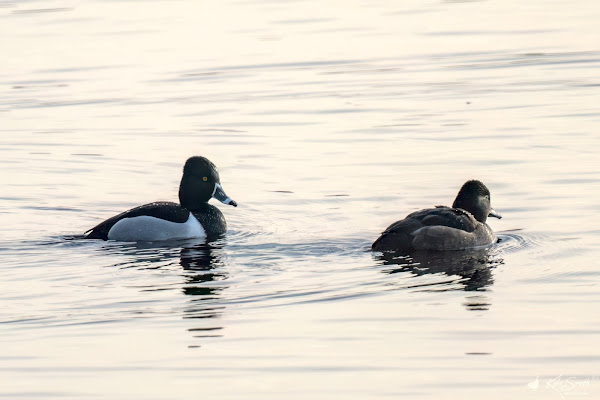

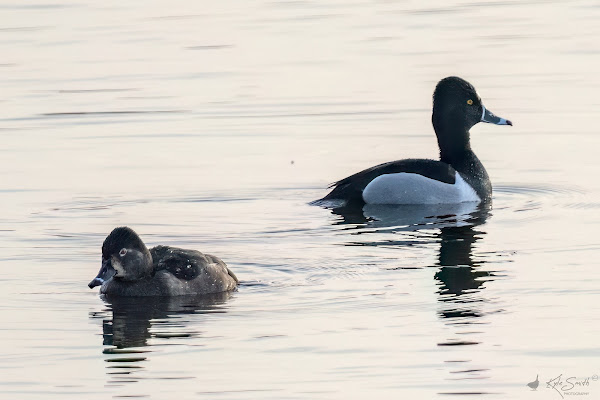
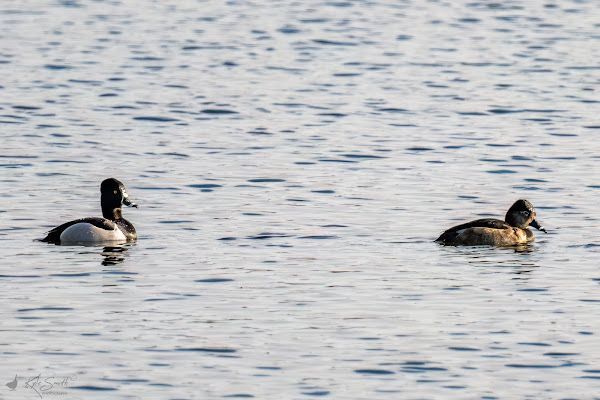

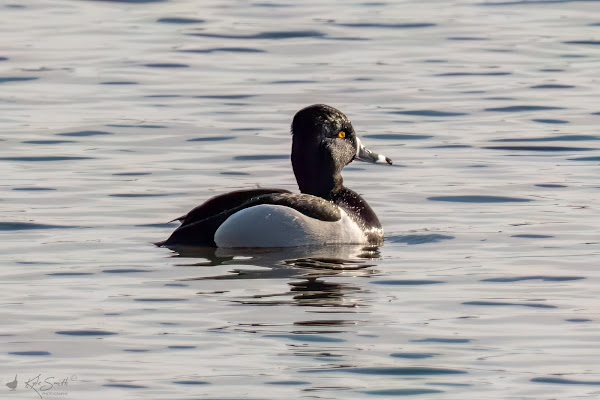


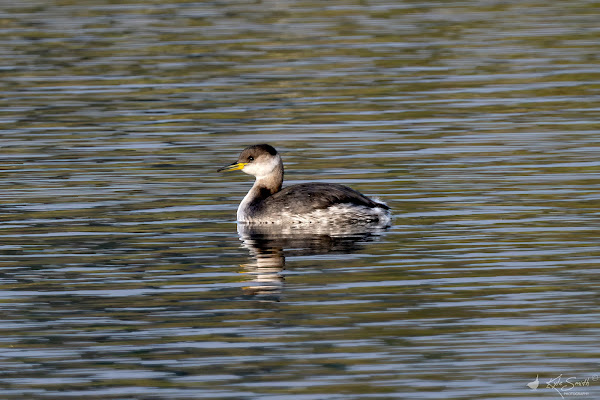

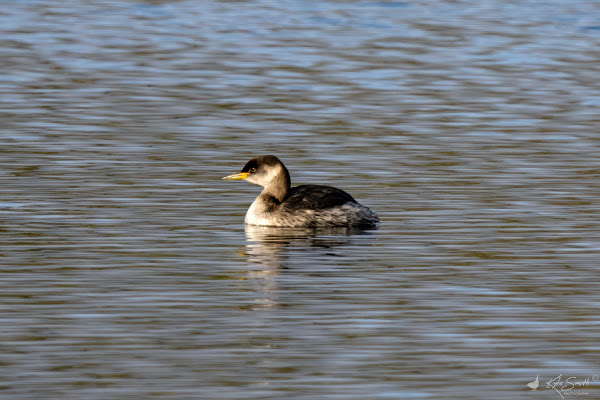
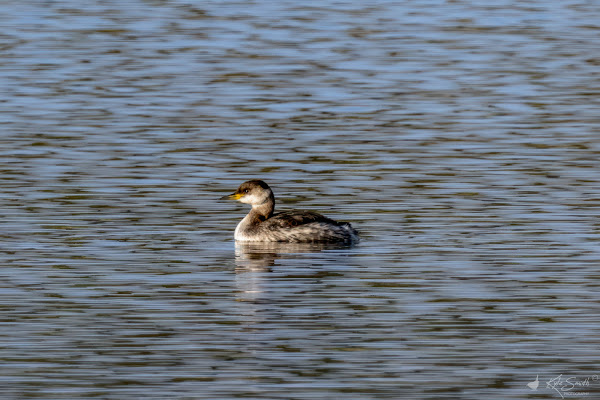

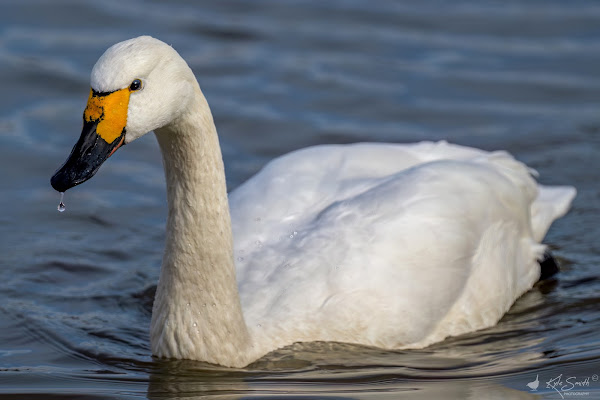
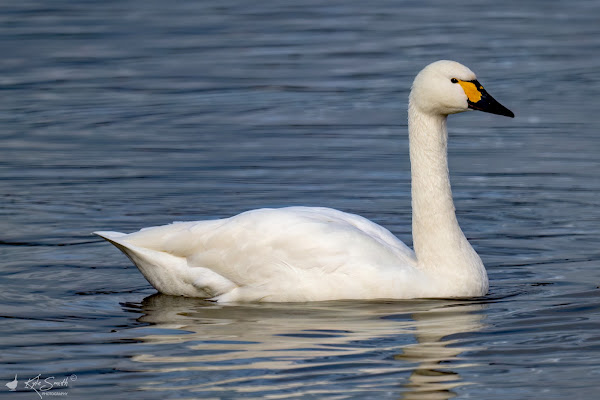


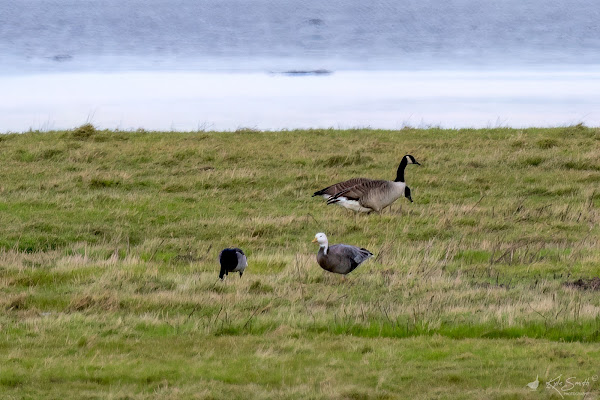








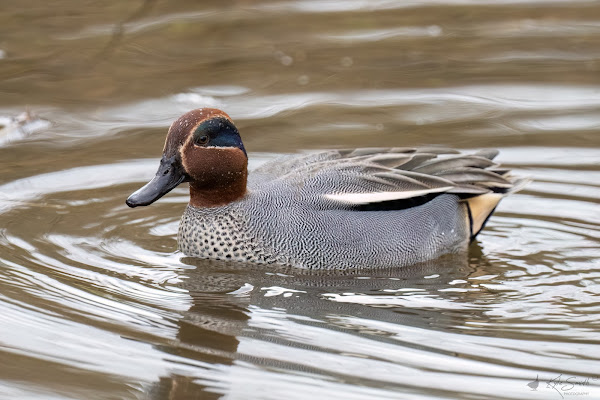


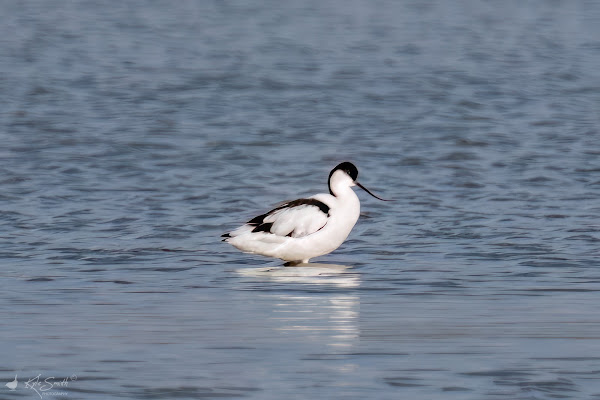



No comments:
Post a Comment